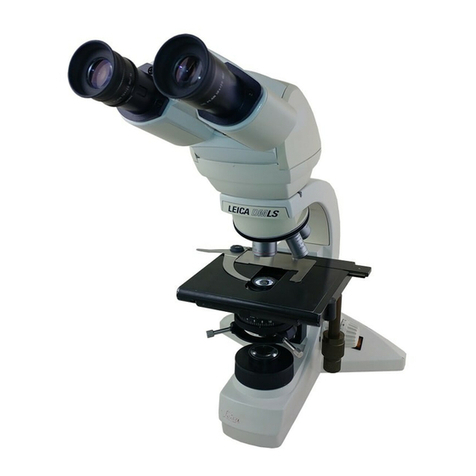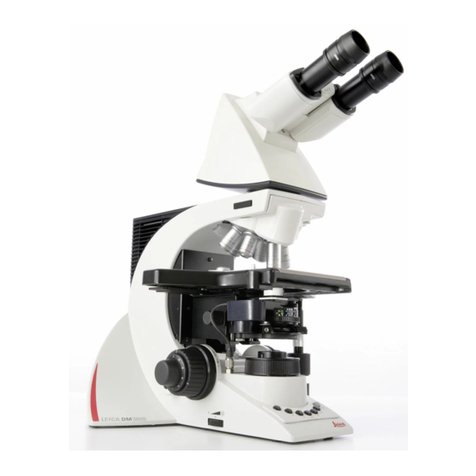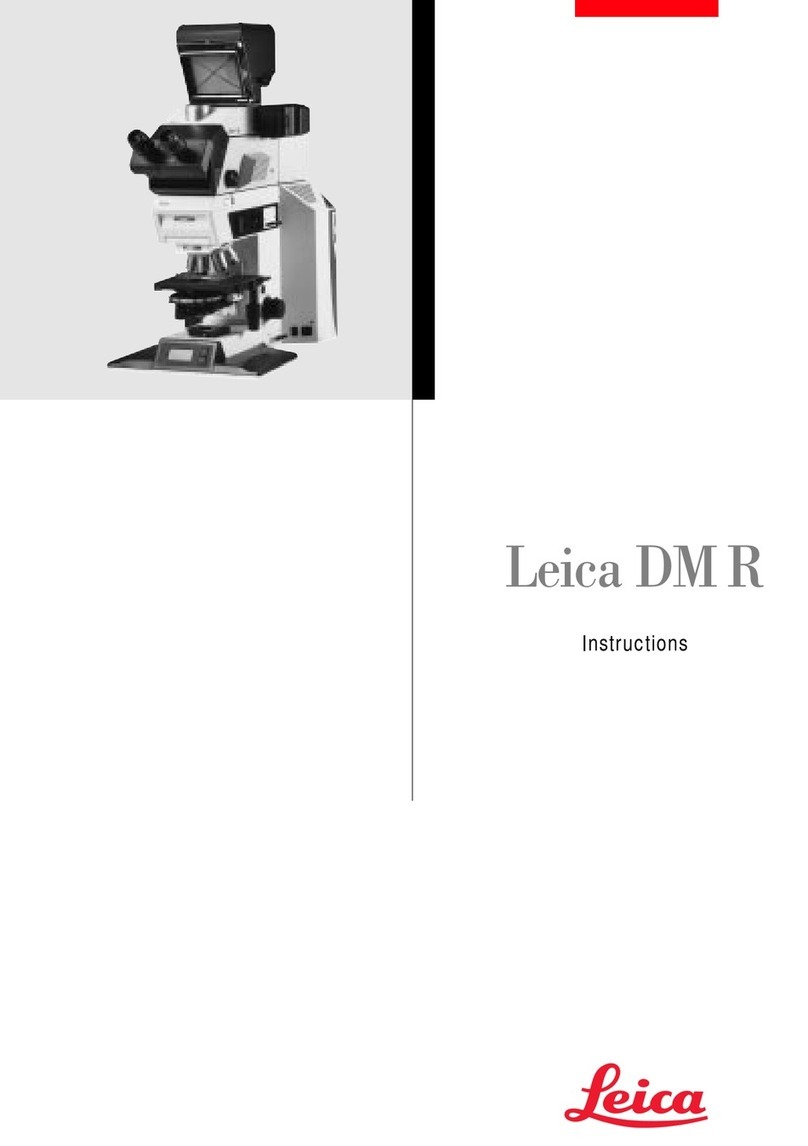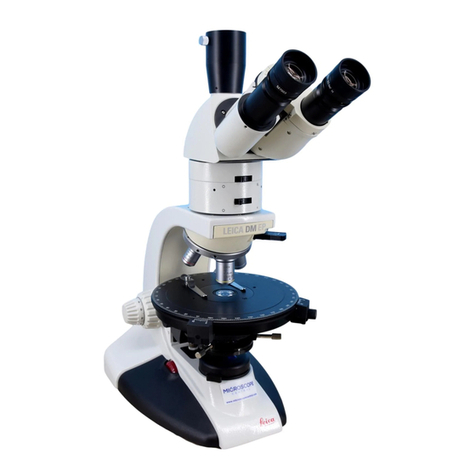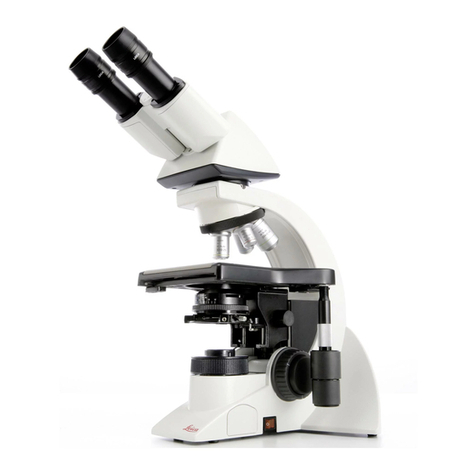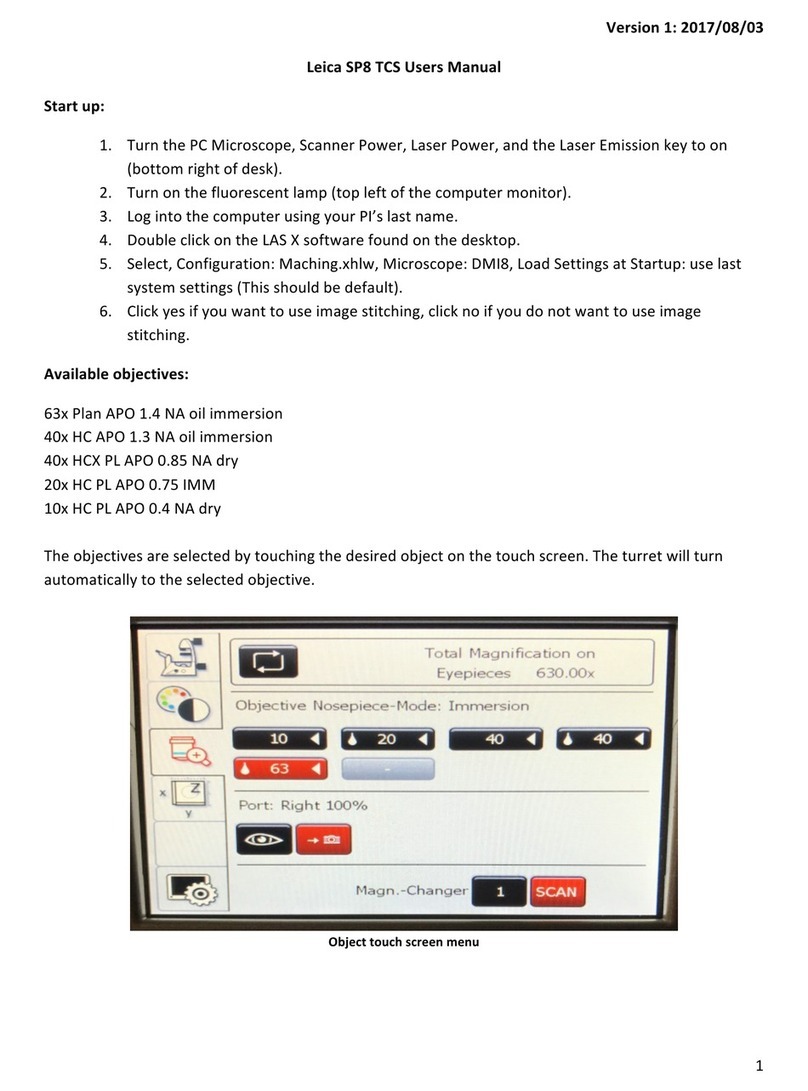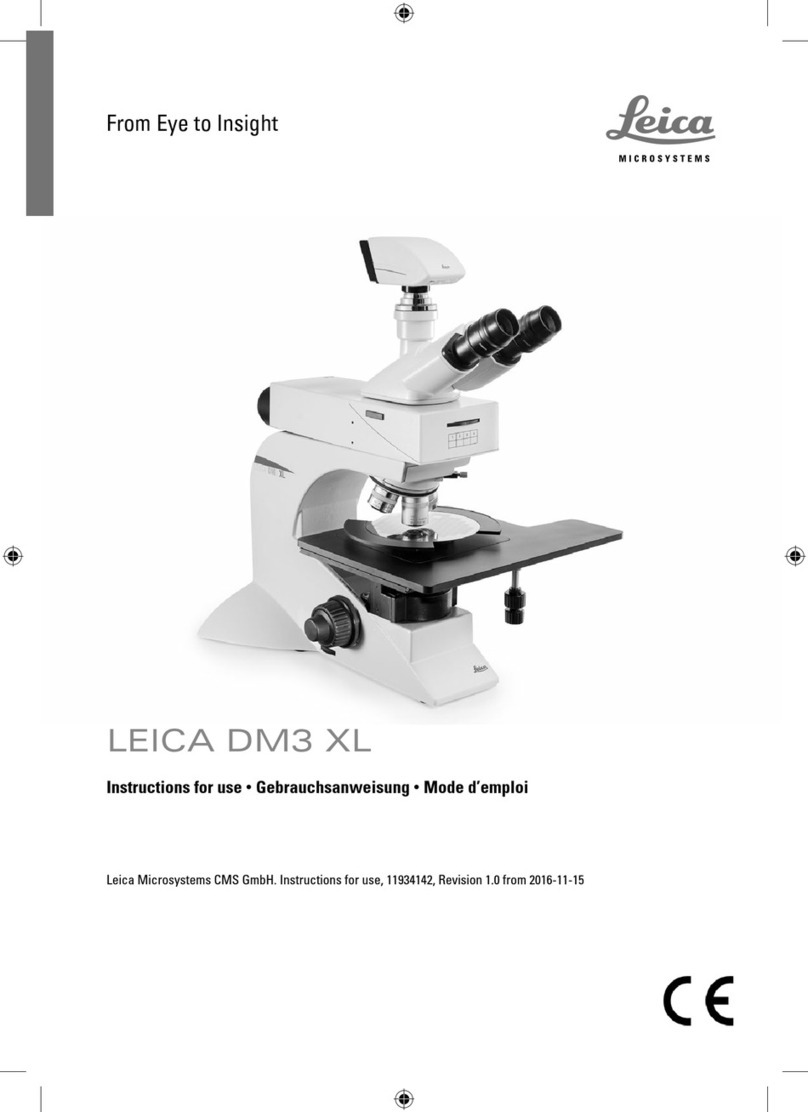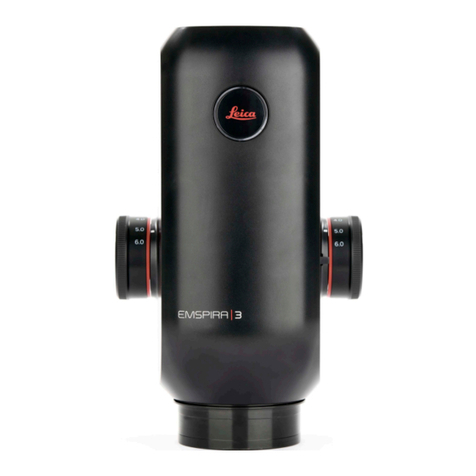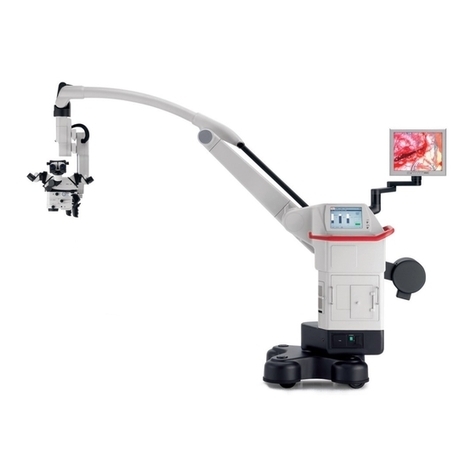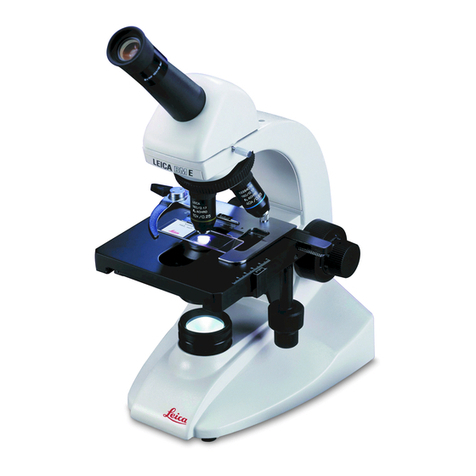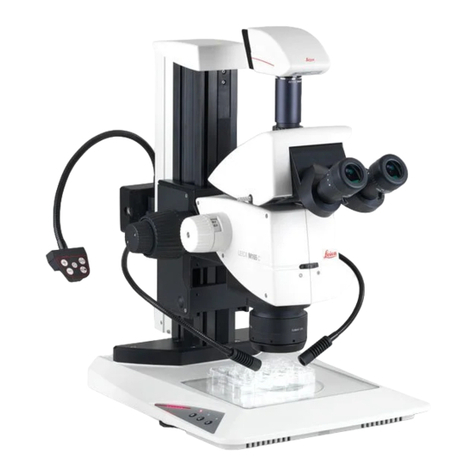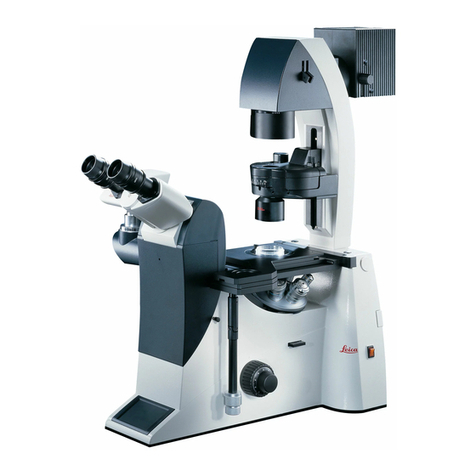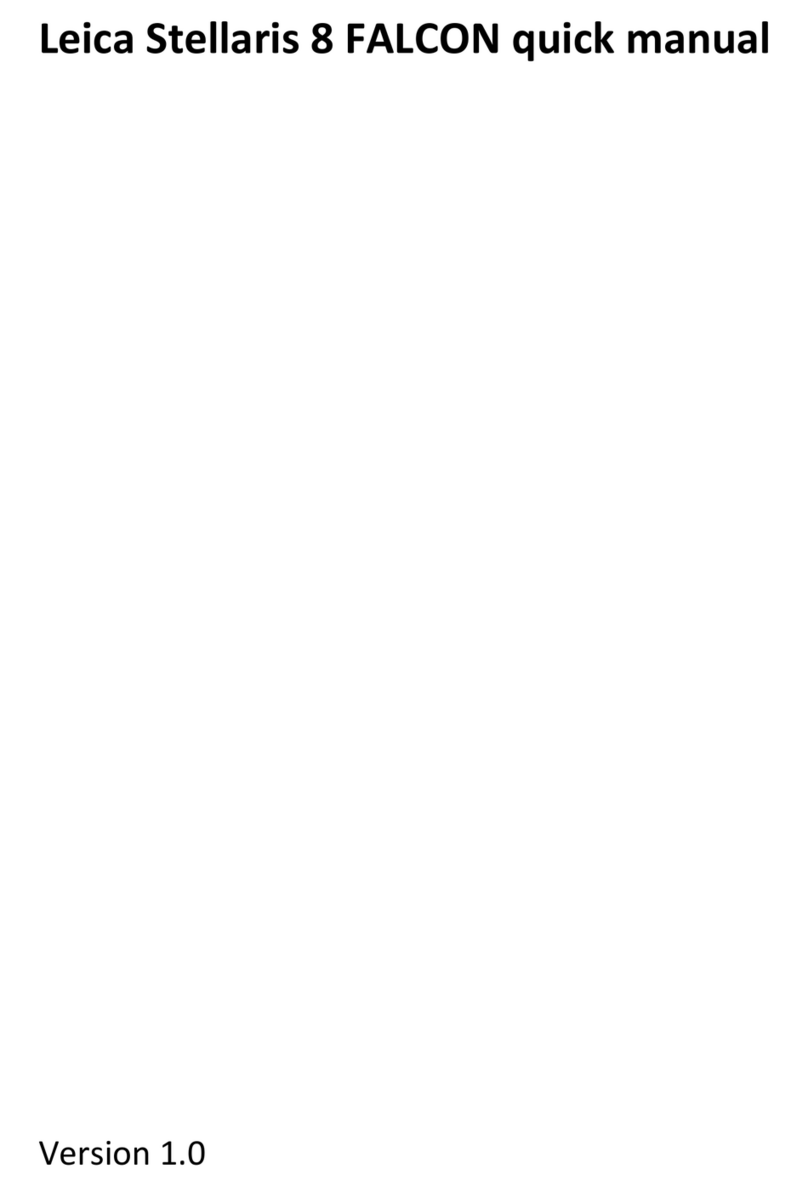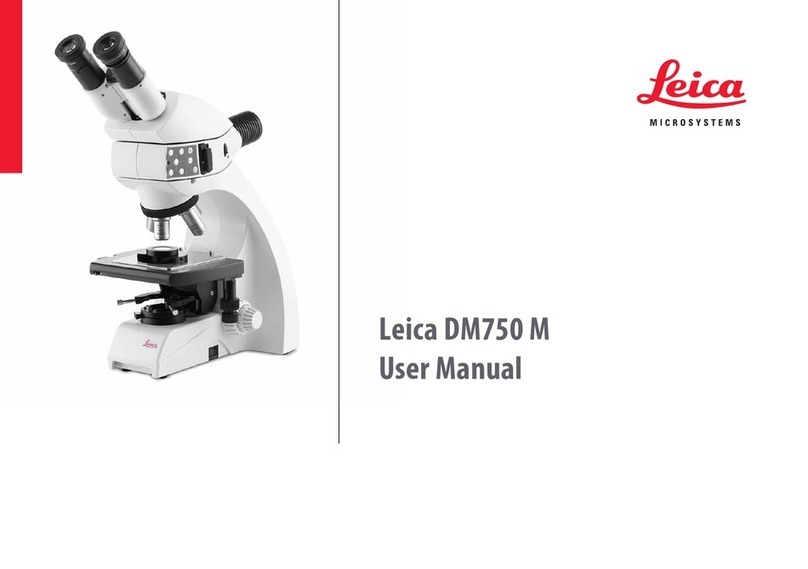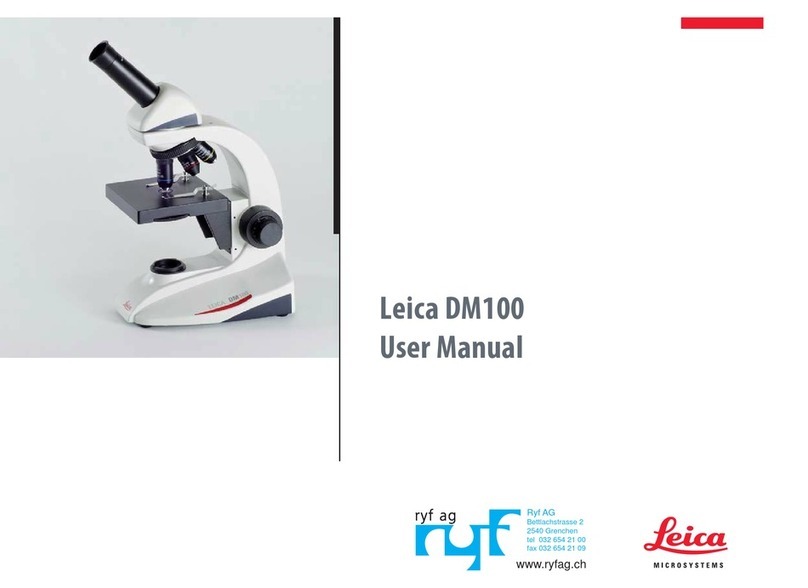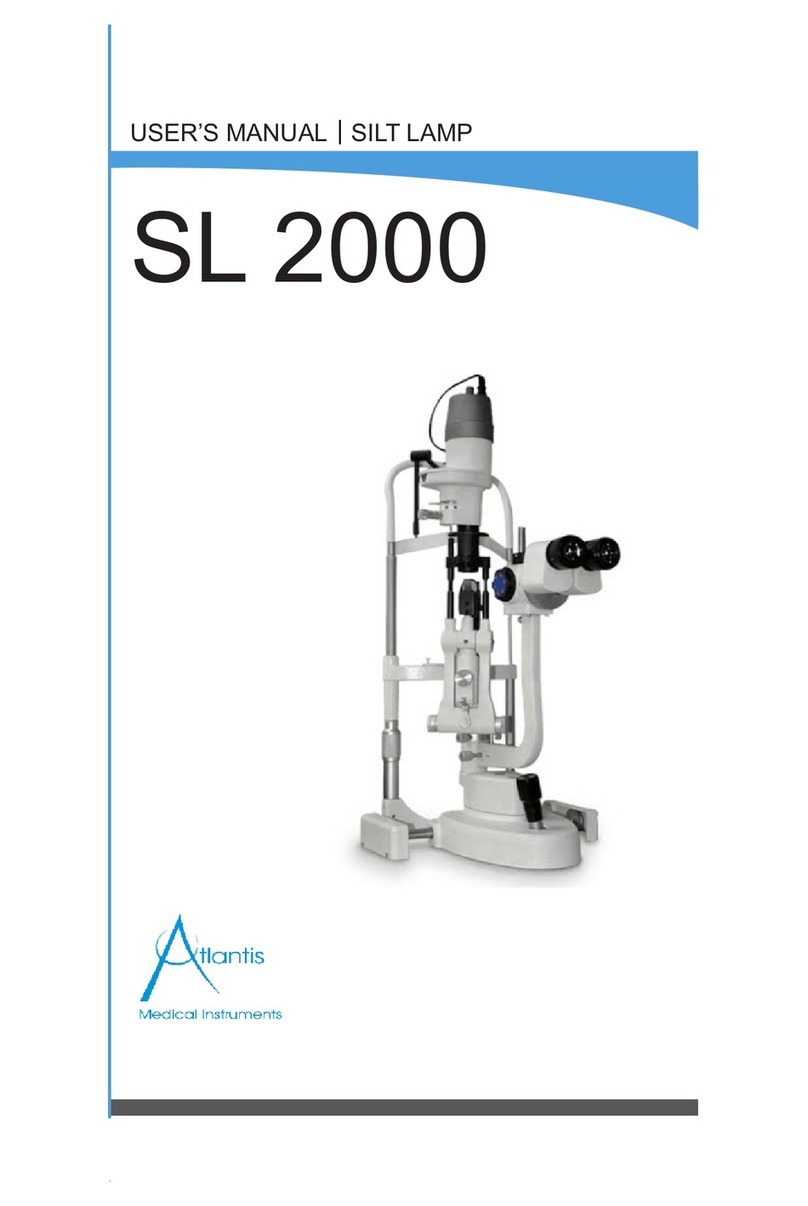Leica FluoCombi III™ – General notes
6
1. General notes
1.1 The user manual
Leica FluoCombi III™ is an accessory for the
Leica MZ16 F, MZ16 FA fluorescence stereomi-
croscopes. Together with your Leica FluoCombi III™,
you receive an interactive CD-ROM with the user
manual for all products from Leica Microsystems
(Switzerland) in the current EU languages. User
manuals and updates are also available for you
to download and print from our web site at
www.stereomicroscopy.com. The following
user manuals are important for your
Leica FluoCombi III™:
– M2-166-2 Leica FluoCombi III™: It describes the
specific functions of the FluoCombi III™
– M2-160-4 for MZ16 FA and M2-160-5 for MZ16 F
describe the functions of the motorized and
the manual version
– M2-216-1 describes the lamp housing and
its functions
– M2-105-0 Leica M Stereomicroscopes: It
contains all the detailed information about the
use of the stereomicroscope, the optical data
with stereo objectives, and the safety and care
instructions
– M1-267-1 Leica motor focus system: describes
the motorized focusing
Read the user manuals listed
above before the startup procedure.
In particular, please follow the safety
instructions.
To maintain the unit in its original condition and to
ensure safe operation, the user must follow the
instructions and warnings contained in these user
manuals.
1.1.1 Diagrams
Pages 3 and 4 contain figures showing the
Leica FluoCombi III™ with the function elements.
Numbers in parentheses within the descriptions
refer to the number of the figure and the items in
the figure.
Example (1.4): Figure 1is located on page 3, and
the item 4is the insert for dichroic mirrors.
1.2 Description
Leica FluoCombi III™ is an accessory for the Leica
MZ16 F, MZ16 FA fluorescence stereomicroscopes
and allows for quickly switching between a stereo
objective and an HR (High Resolution) micro
objective. In stereo mode, the 1×plan and planapo
objectives offer generous viewing fields, large
working distances and an excellent depth of field
for manipulating and dissecting.
Micro mode allows for exactly identifying the
finest fluorescent features at a microscopic reso-
lution of 1500 pairs of lines/mm. The zoom is also
effective in micro mode so that the magnification
measures 460×using the 5×HR objective. Using
16×eyepieces results in a maximum magnification
of 736×. The comfortable binocular observation is
ensured in stereo and micro mode.
MZ16 F and MZ16 FA are high-performance stereo-
microscopes for fluorescence applications. The
patented, separate TripleBeam™ light path for
fluorescence illumination and the patented
FLUOIII™ filter system provide highest-quality
fluorescence images. Every existing instrument
can be fitted with the Leica FluoCombi III™ in a
few simple steps.
